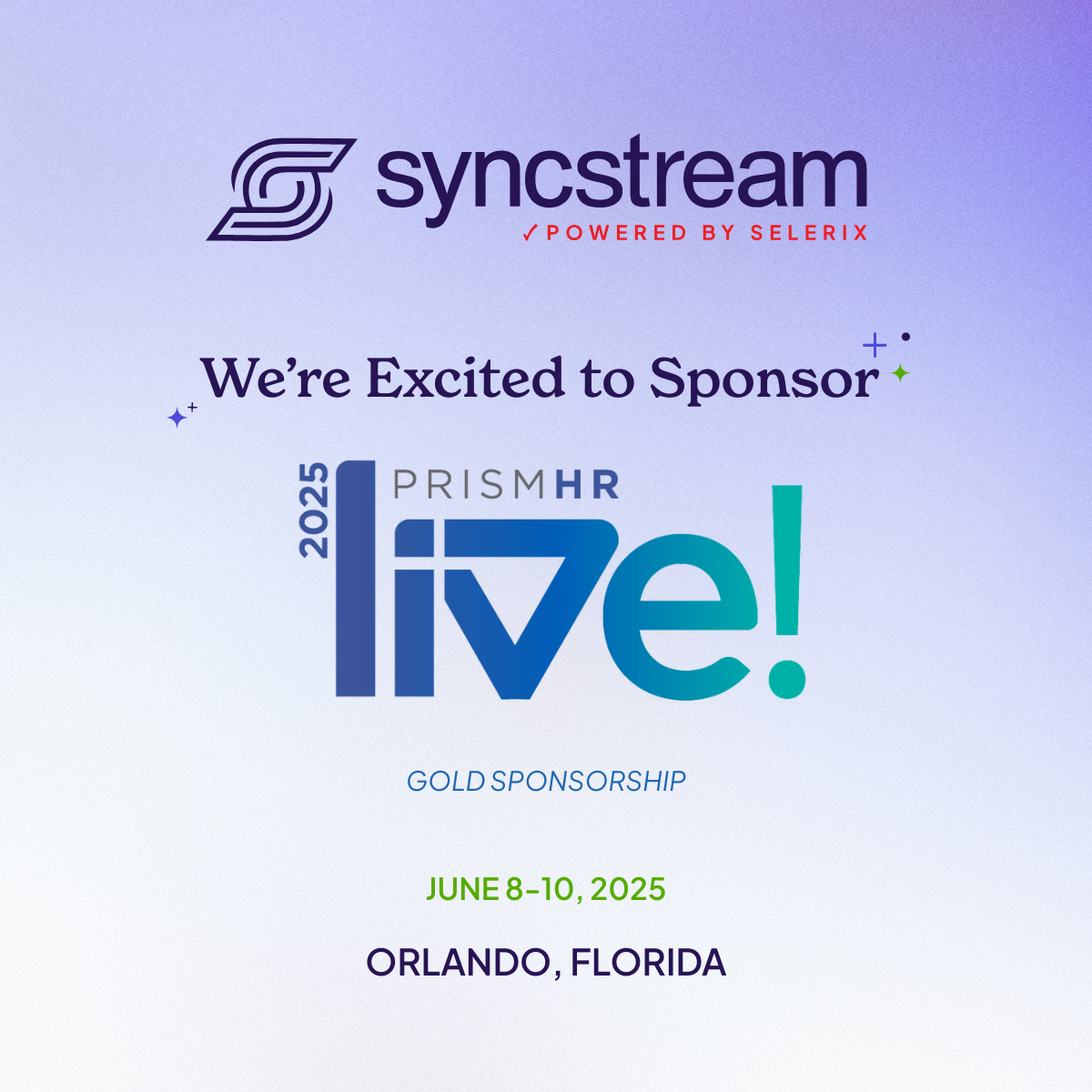Why it pays for brokers to have an ACA solution in their arsenal

The failure to comply with ACA regulations is no laughing matter. Any employer who’s received a Letter 226-J penalty notice can vouch for that.
Employers often turn to their brokers to assist with ACA compliance and avoid these sort of costly incidents. And while brokers are well adept at advising employers on long-standing compliance obligations, the constant ACA appeal efforts do not make understanding the complexities of the ACA any easier.
Despite Judge O’Connor’s 2018 ruling striking it down, the ACA remains the law of the land and confused employers will continue to turn to their trusted advisors to ensure ACA compliance.
With reporting season in full swing, brokers should consider the value add of offering an ACA solution. These partnerships not only yield benefits for your clients, but for yourself as well. We’re here to explain why.
Starting at a disadvantage right off the bat
If you’re not offering an ACA solution to your clients, it’s as if you’re playing defense. In this situation, defense is not going win championships. Simply put, clients are going to get the solution from someone else.
On the other hand, say those same clients fail to retain the services of a compliance company and put themselves at risk of noncompliance. Should that happen, your client might place the blame on you, claiming you failed to do your part as a trusted advisor. As a result, you could easily lose their business to someone else.
Opportunity to cross-sell
Instead of putting yourself in a position to lose a client’s business, you should be looking for an opportunity to cross-sell. Offering an ACA solution does just that and is one way to increase the likelihood of client retention.
For instance, a broker who only provides one product to a customer is less likely to be retained by that customer. However, say that broker offers several products, then they become more valuable to their client. This, in turn, could lead to them being retained for a longer period of time.
If you can cross-sell a product that improves retention, that retention rate will translate to recurring revenue.
The ‘free’ version is not enough
Your clients might be using a fully integrated solution to assist them with their ACA compliance. However, these solutions could be nothing more than a “free” add-on that comes with their existing payroll software. These solutions are limited. And that’s a problem.
Free solutions offer little functionality or features, and leave employers figuring out how to populate codes on the form, or realizing they don’t understand how to set up a measurement period. Are they using the look-back method to track non-designated full-time employees? They’re not sure.
Or worse, an employer receives a penalty letter and has no idea what to do with it. They don’t know how to respond, they don’t know who has their data, and they don’t even know why they’re receiving the letter in the first place.
So, when your client comes to the realization that this “free” solution isn’t going to cut it, guess who’s going to be their first call? That’s right, it’s you. And when they say, “How do we fix this?” they expect you to have the answer. That’s why it’s in your best interest to have a standalone compliance solution at your disposal right from the start. Your client has a problem, and you now have the means to help them.
It pays to have the answer
Brokers aren’t always in the market for an ACA solution. Yet, your clients rely on you to offer one, or to be able to recommend one, that meets their compliance and reporting needs. So, if you hope to retain your clients, you should be prepared to give them what they need.
The right solution uses business logic to populate the 1095 forms based on the health care law. It’s one that’s auditable, it’s one that double-checks the data inputs to ensure they make sense, and it’s one that uses objective data that can be audited to support form population and subsequent reporting.
The ACA deadlines – March 4 for employers to deliver 1095-B and 1095-C forms to employees and April 1 for electronic filing – are fast approaching. Employers are more than likely going to turn to you, their trusted advisor, to make certain they’re complying with ACA regulations. It’s in your best interest to provide clients with the right tools to get the job done. A quality ACA compliance solution is a good place to start.




